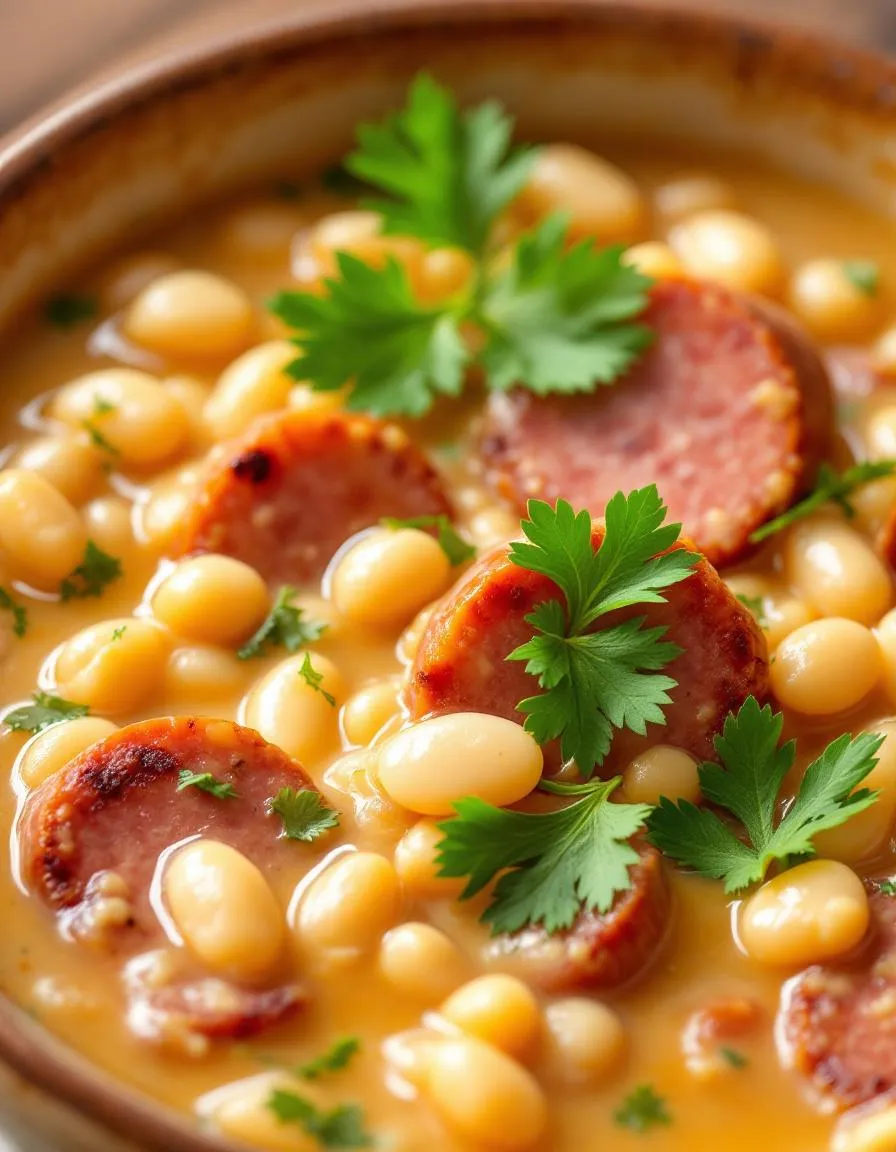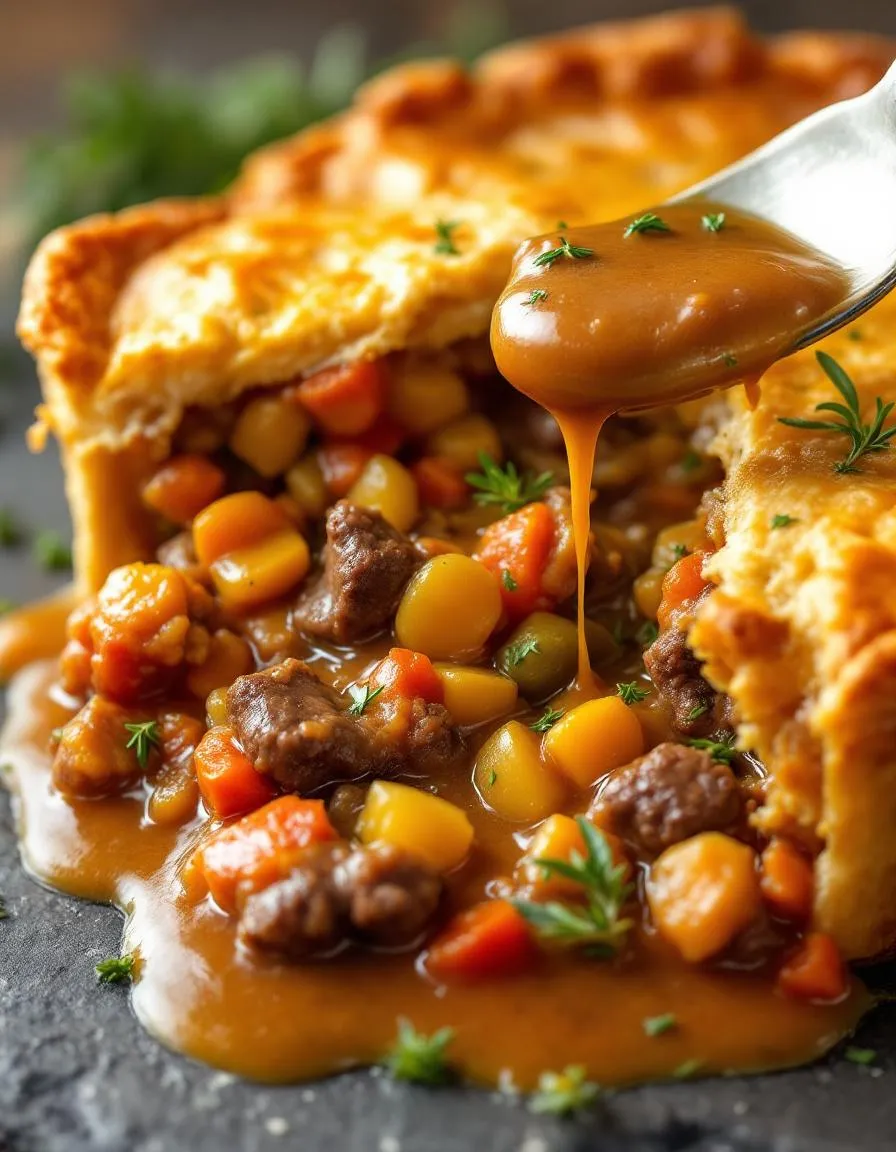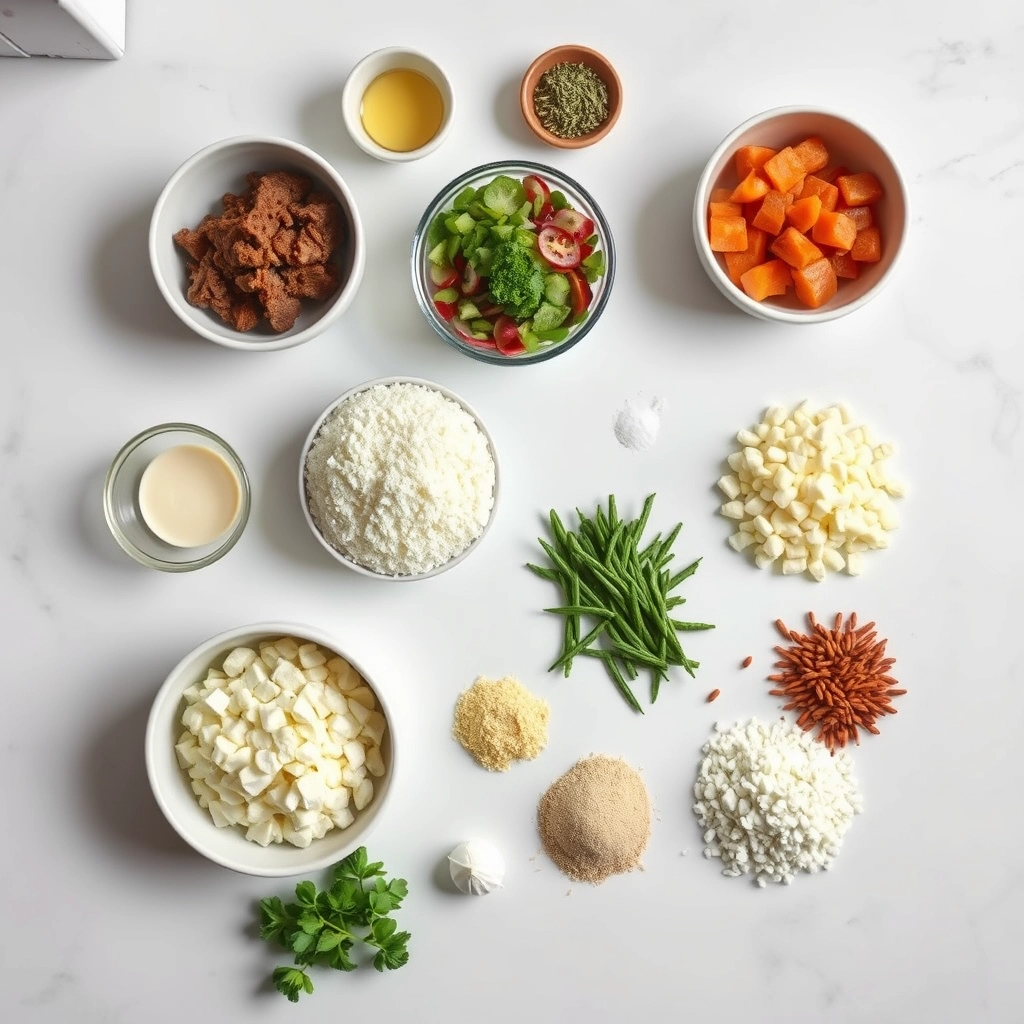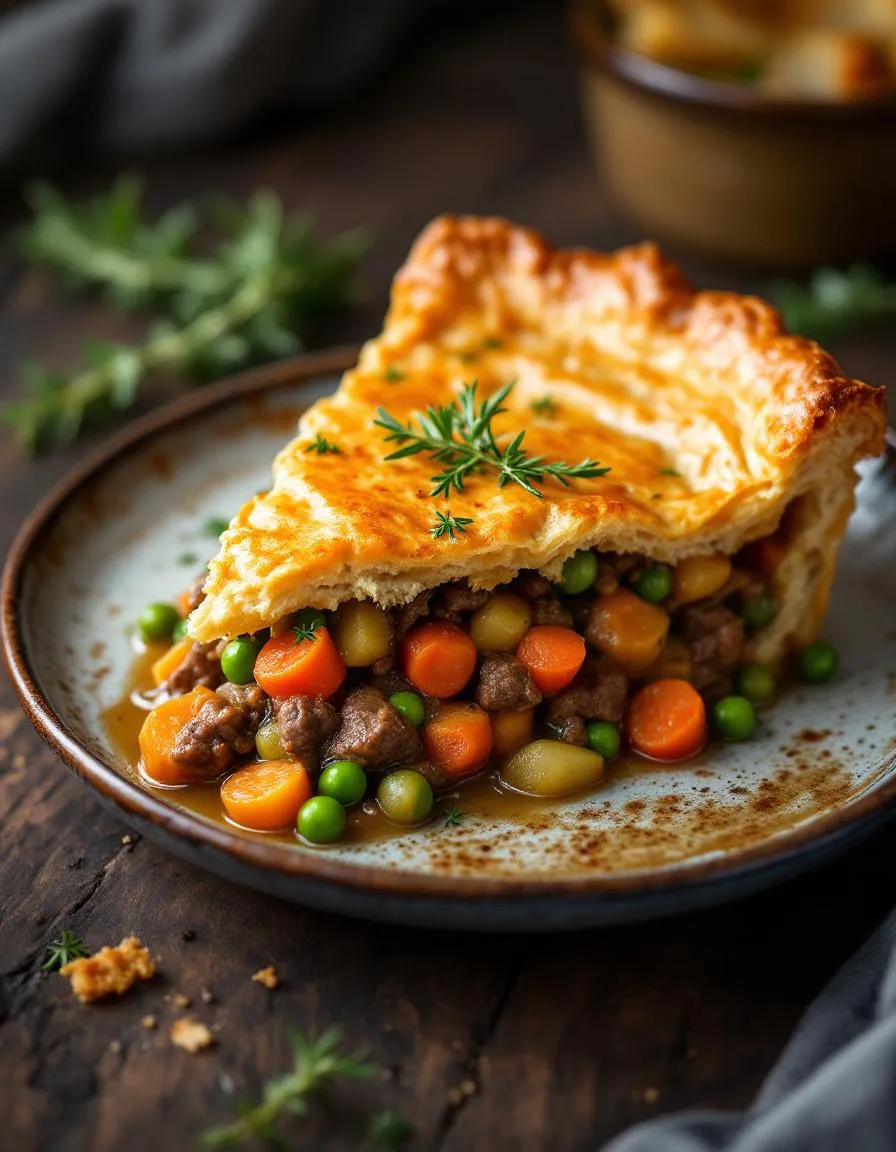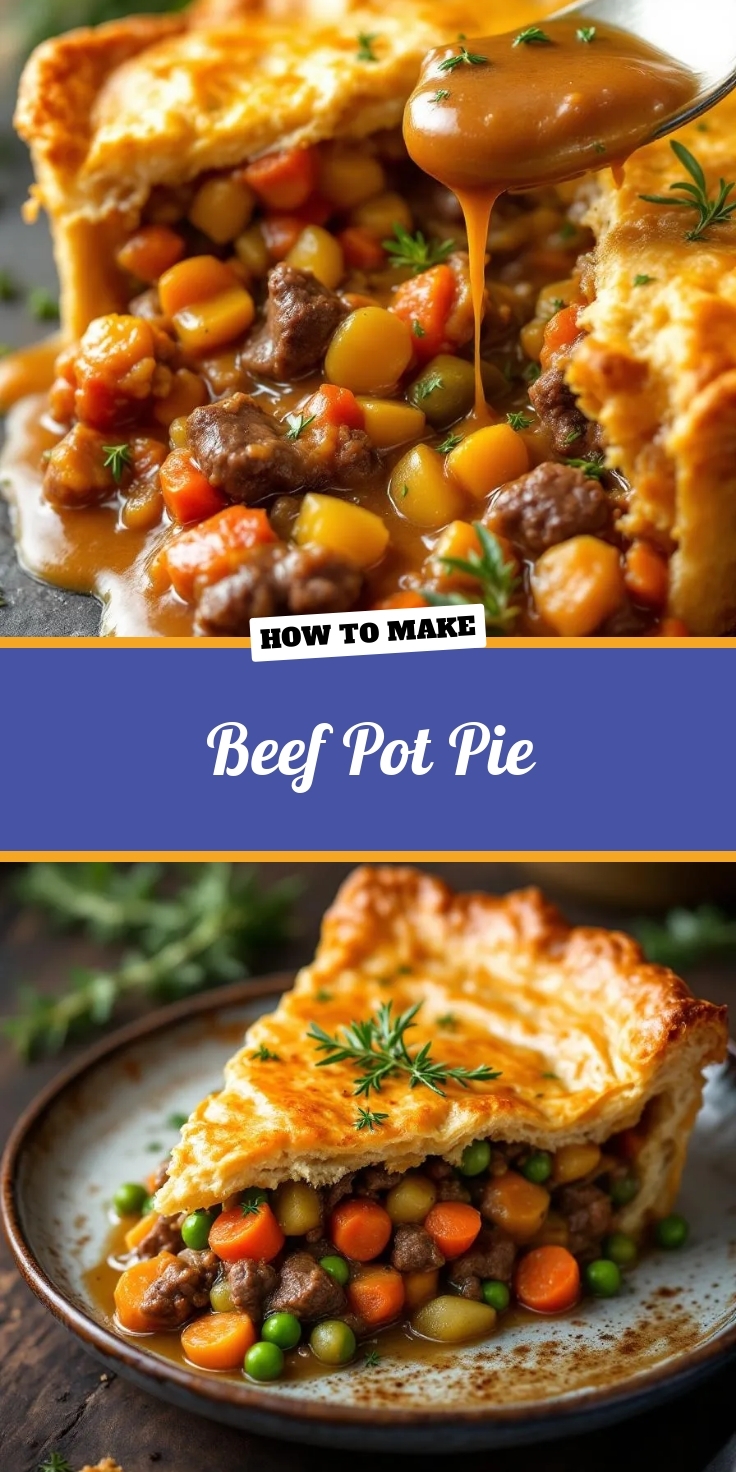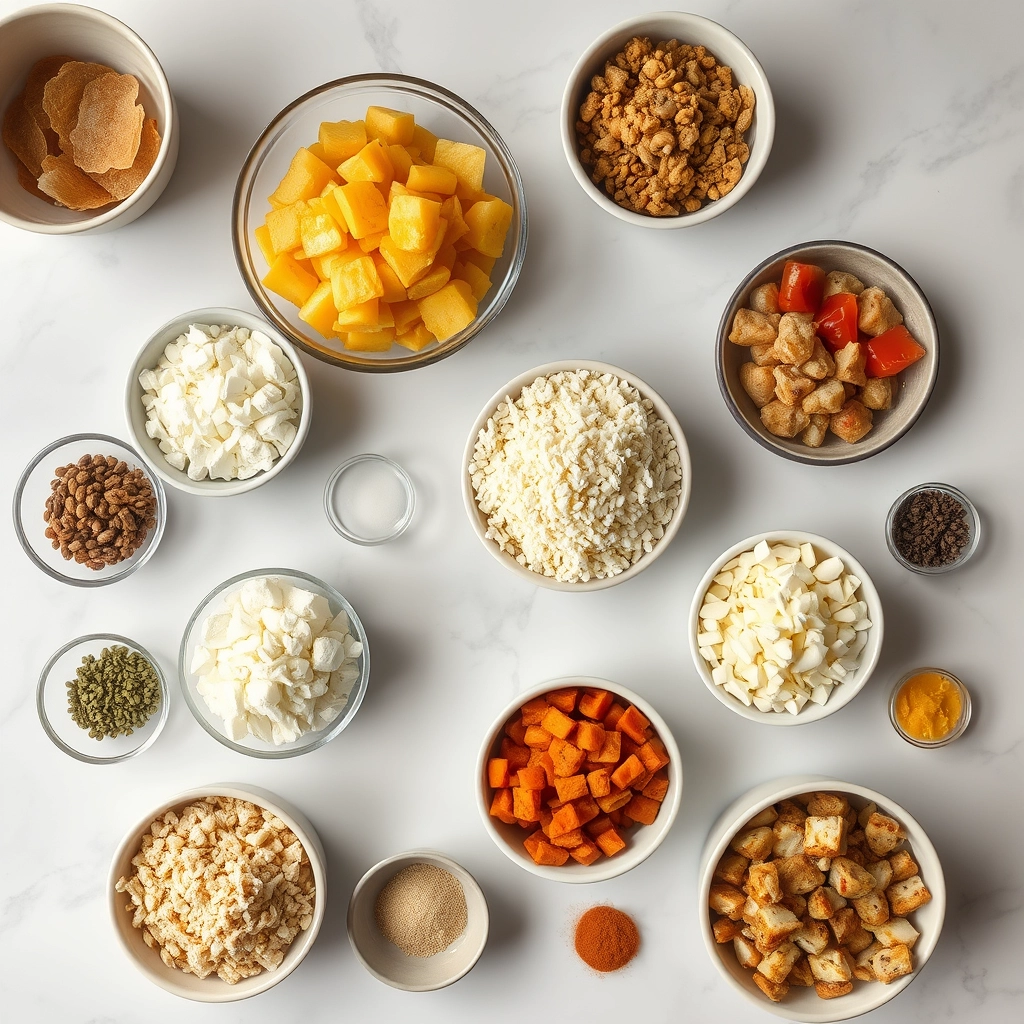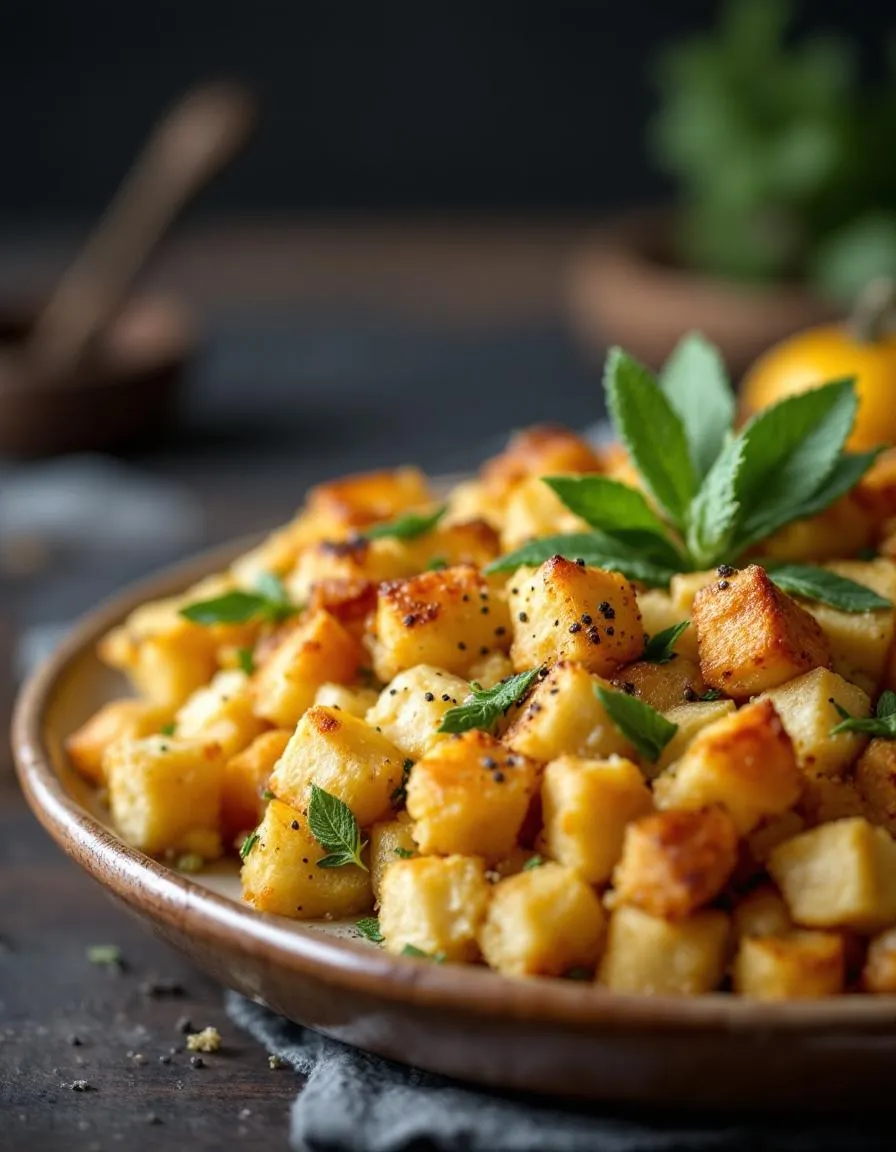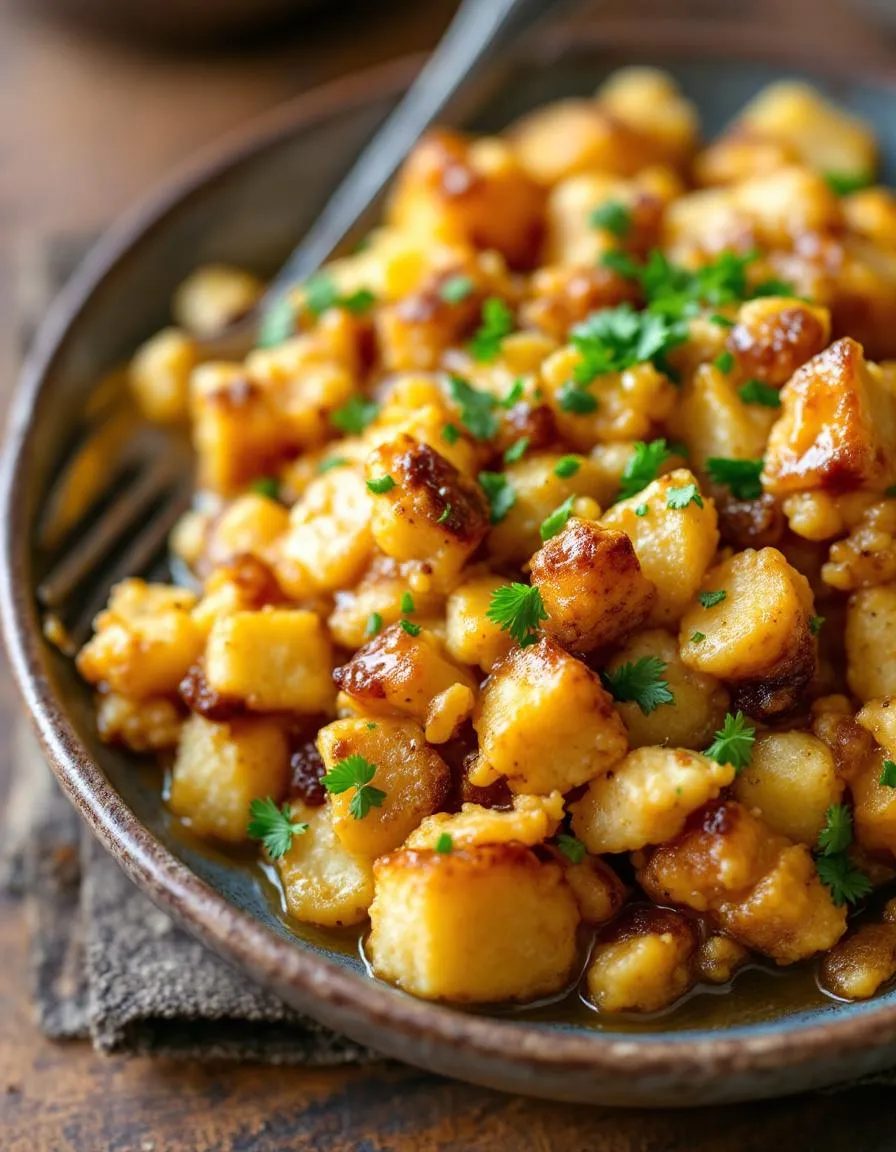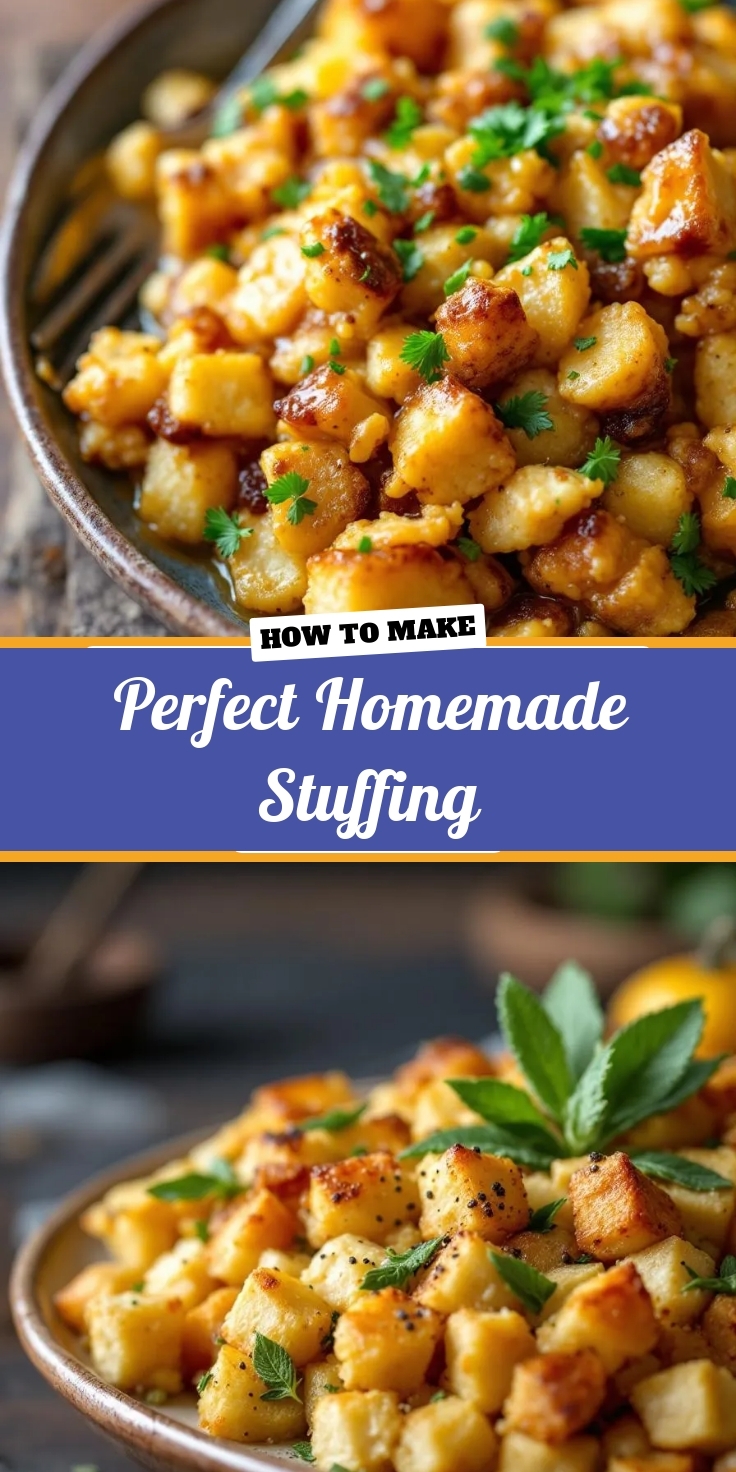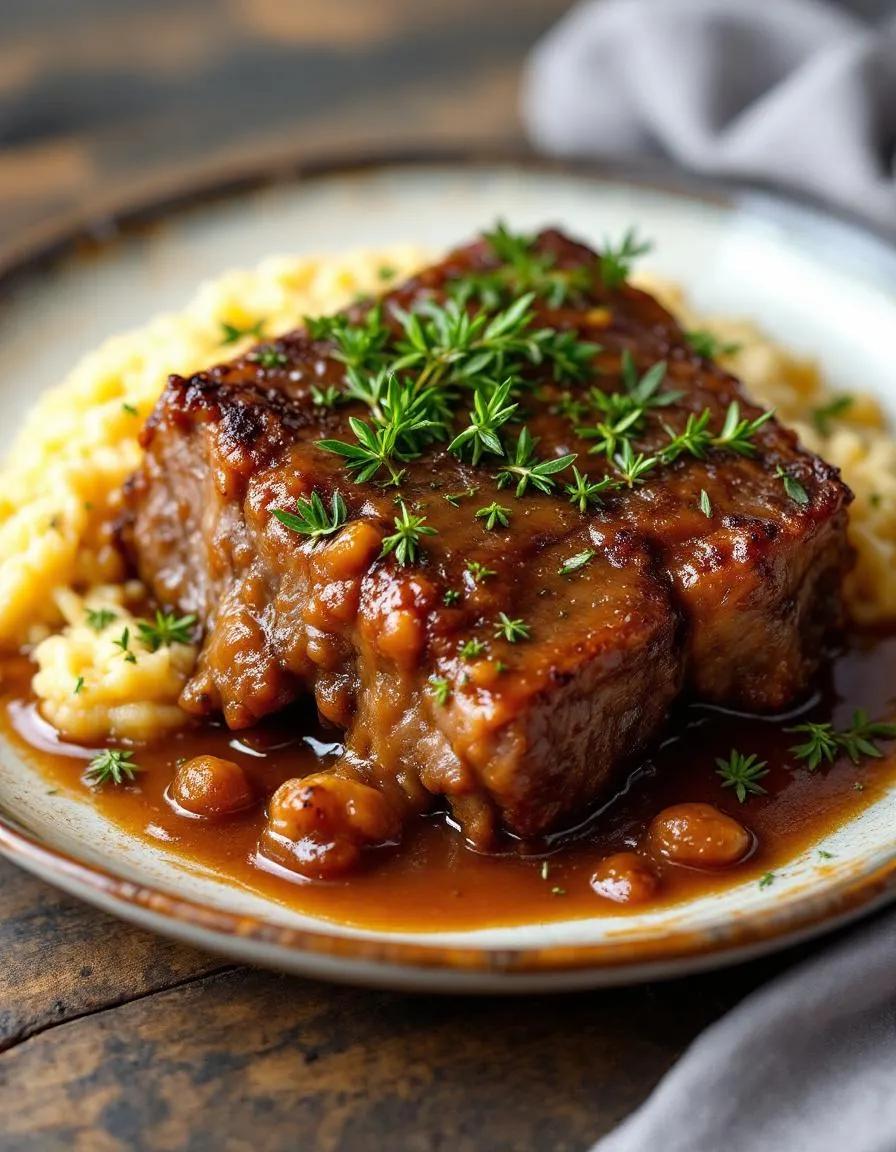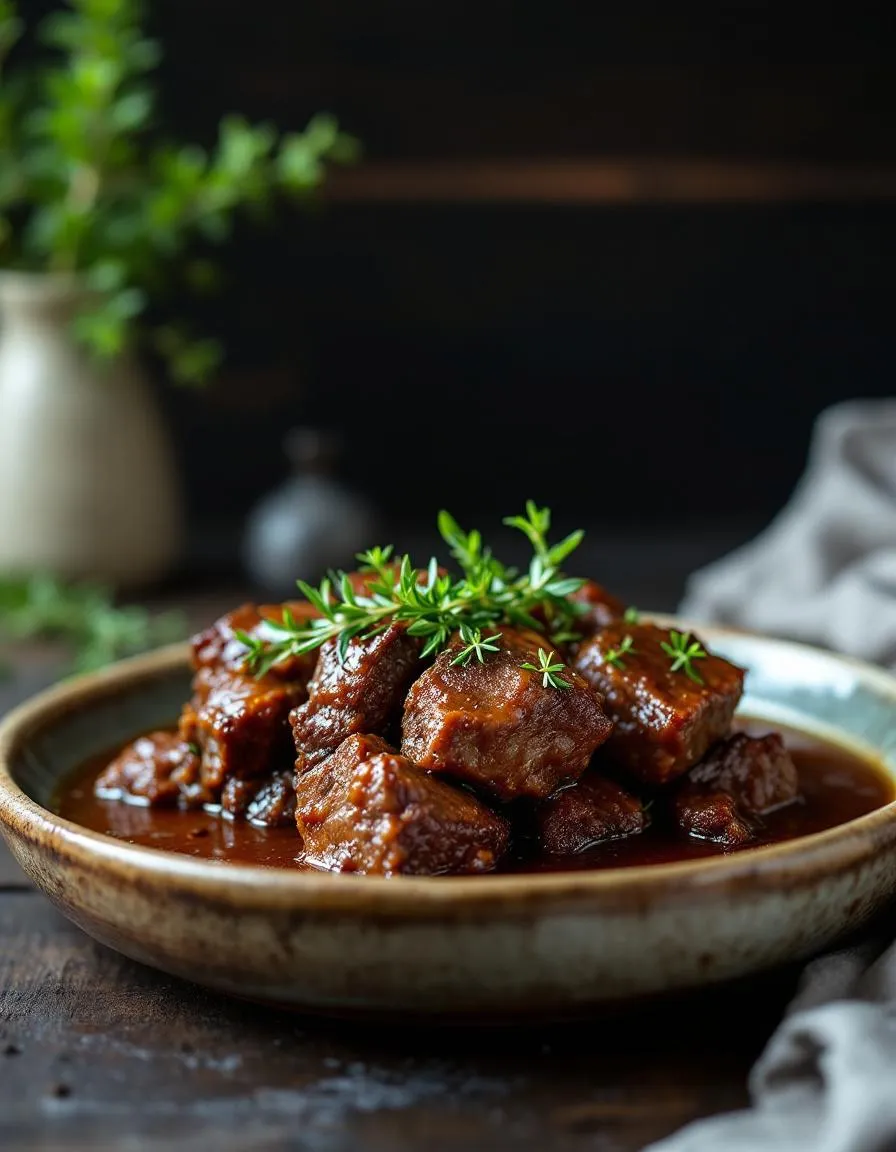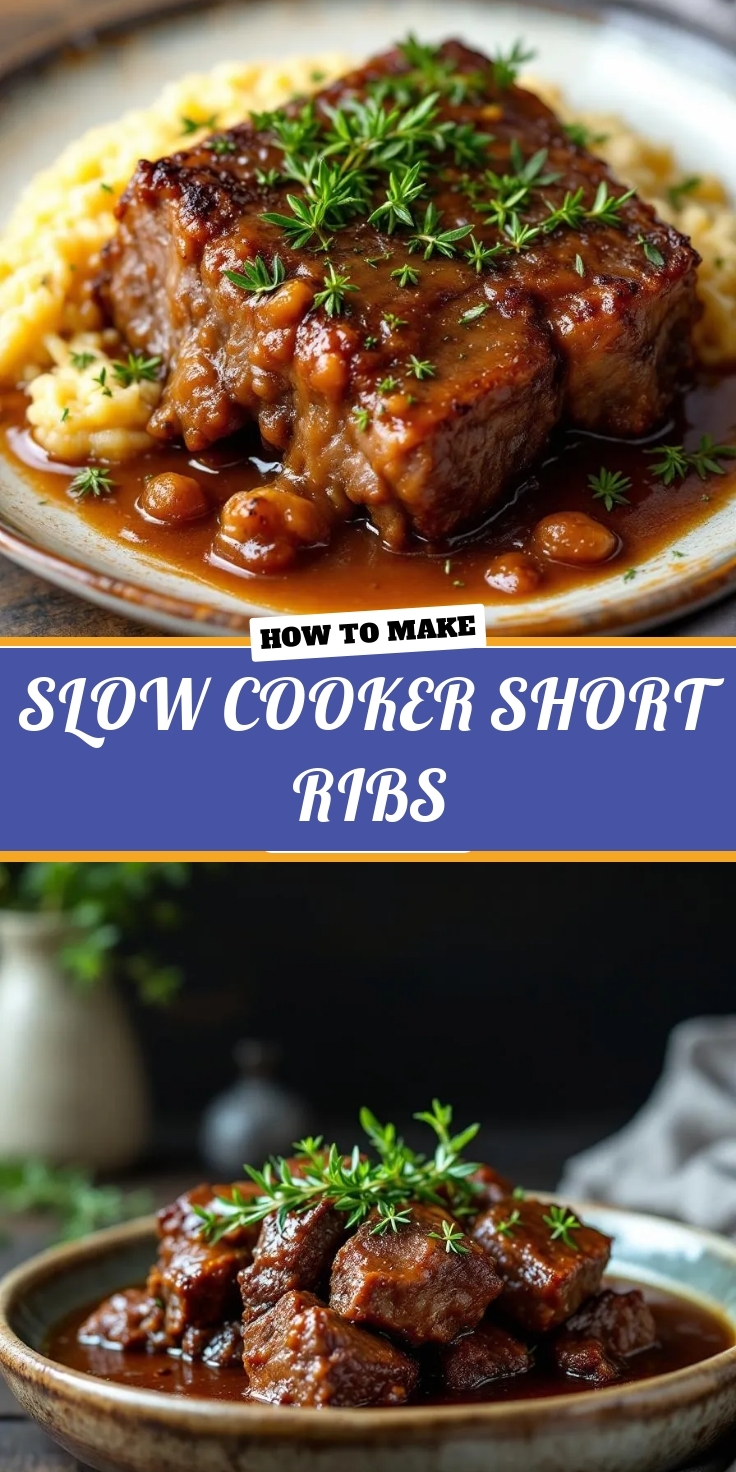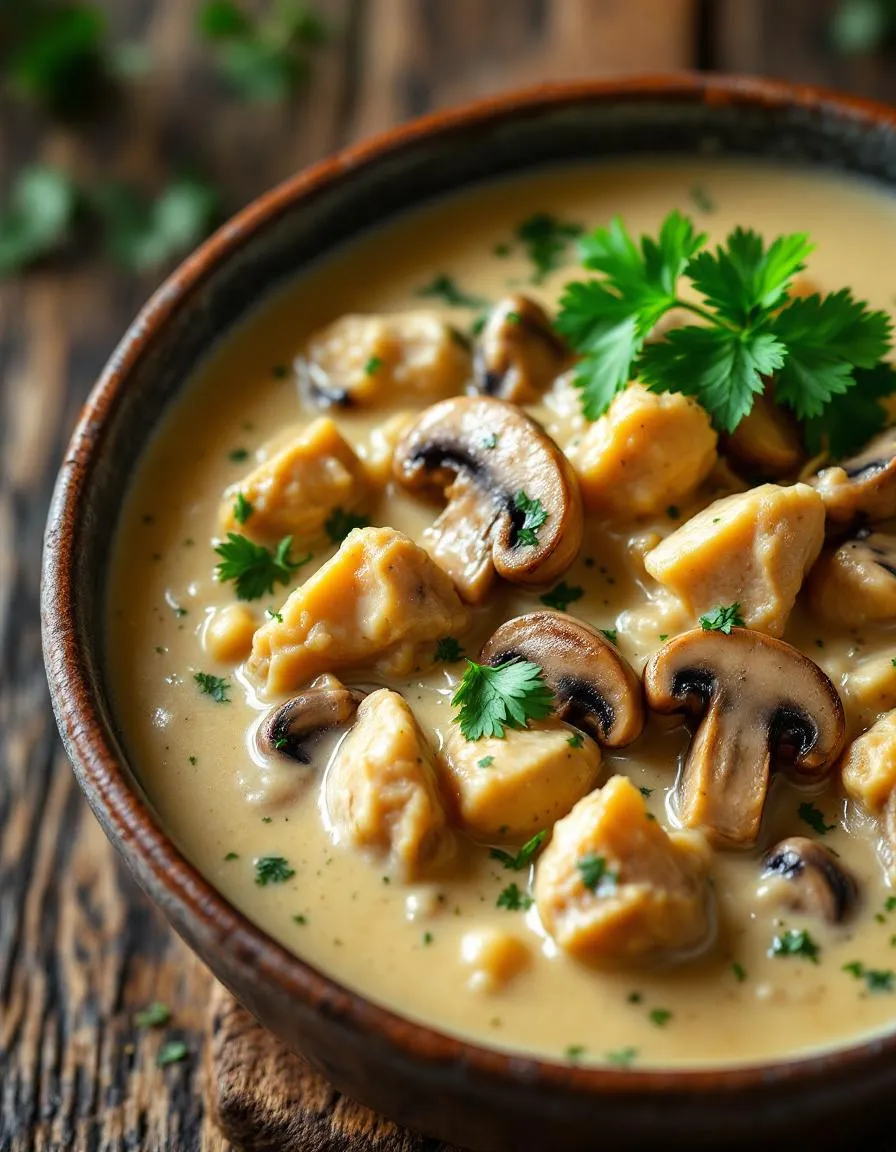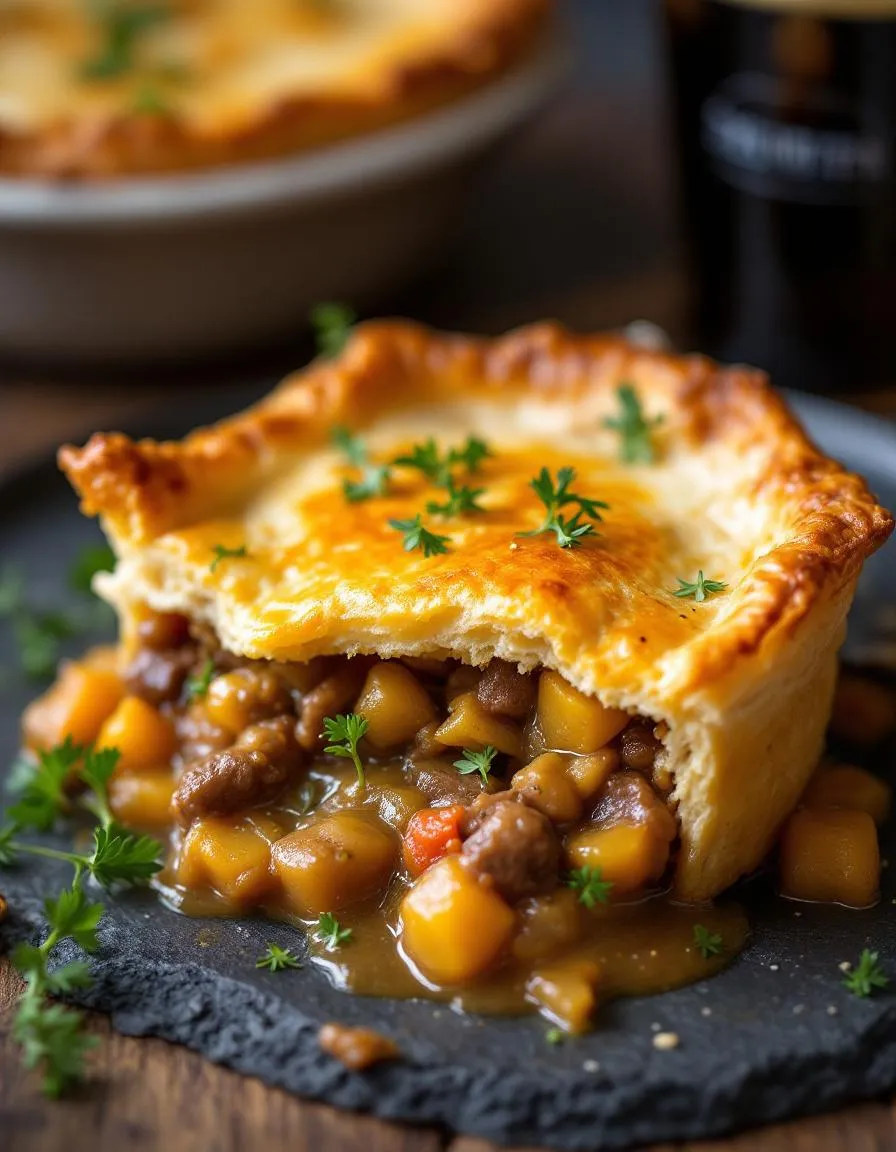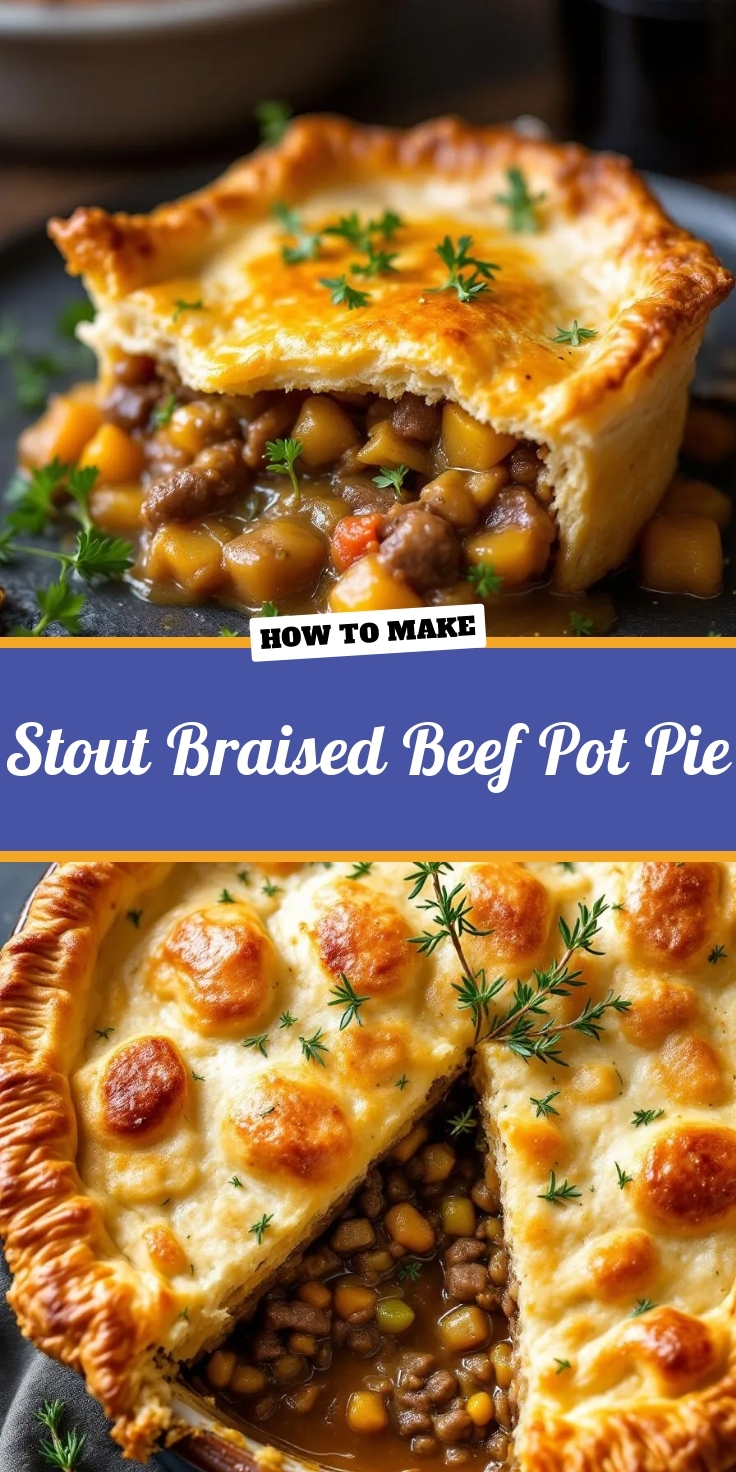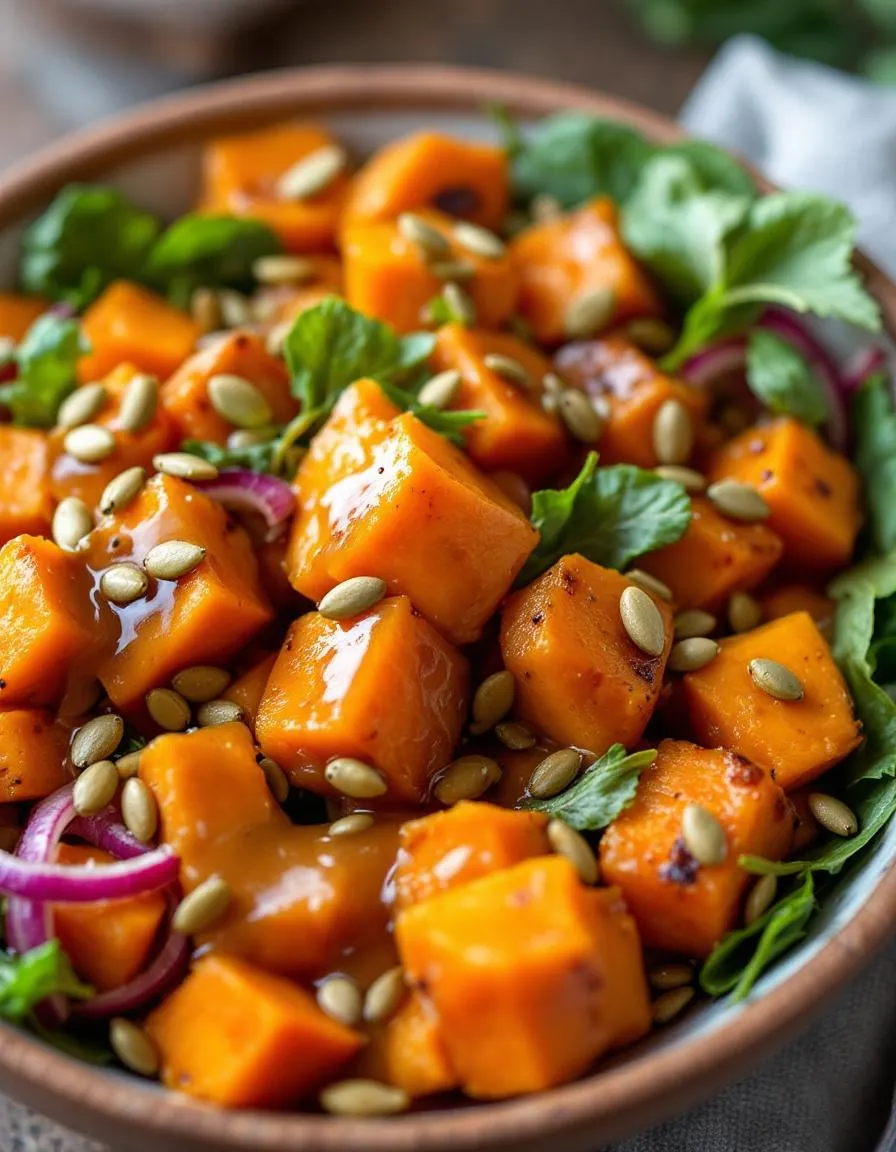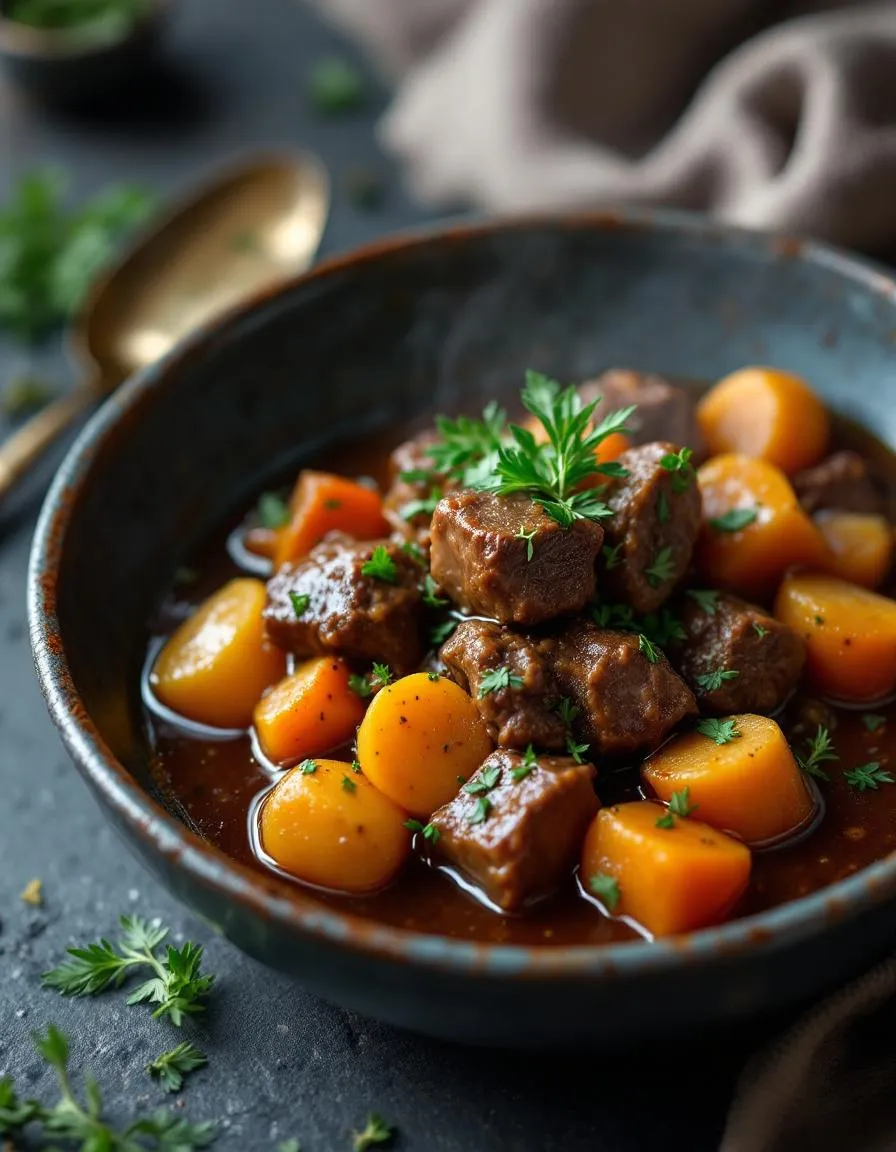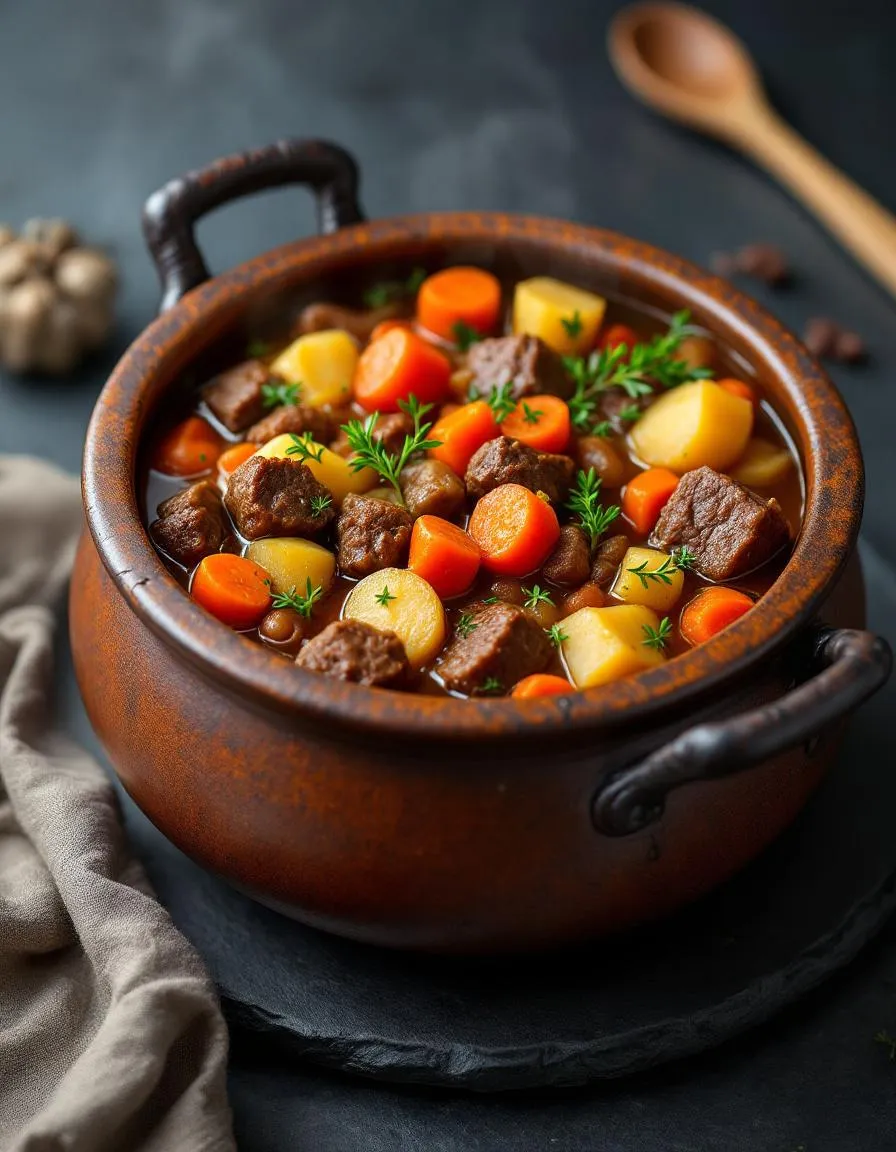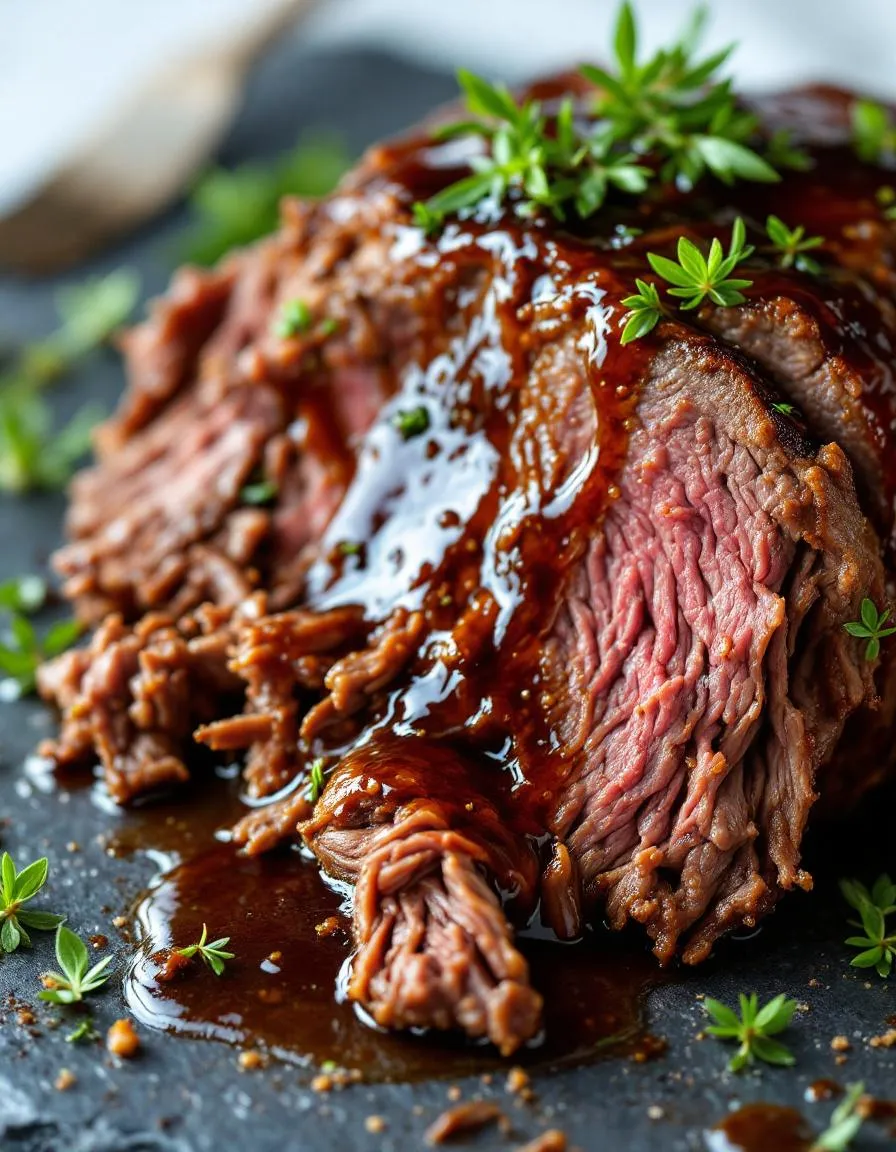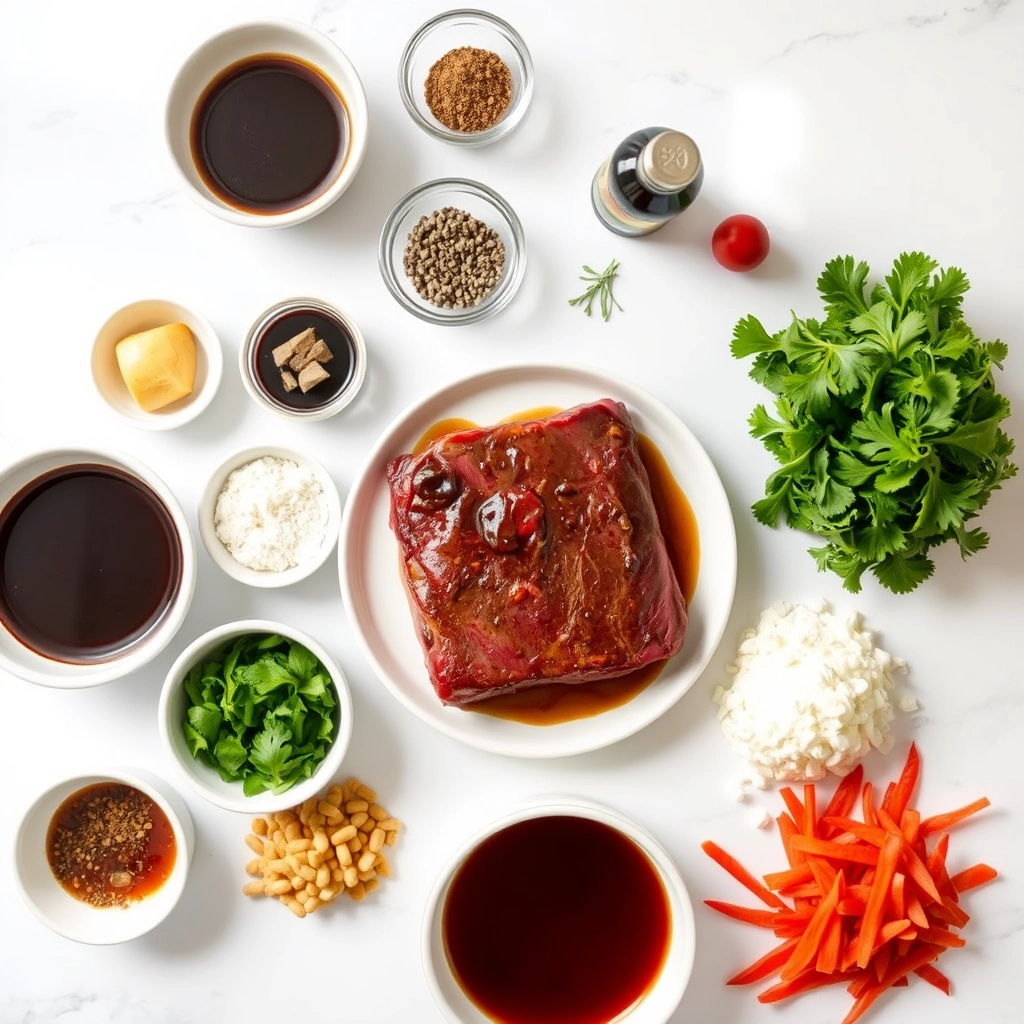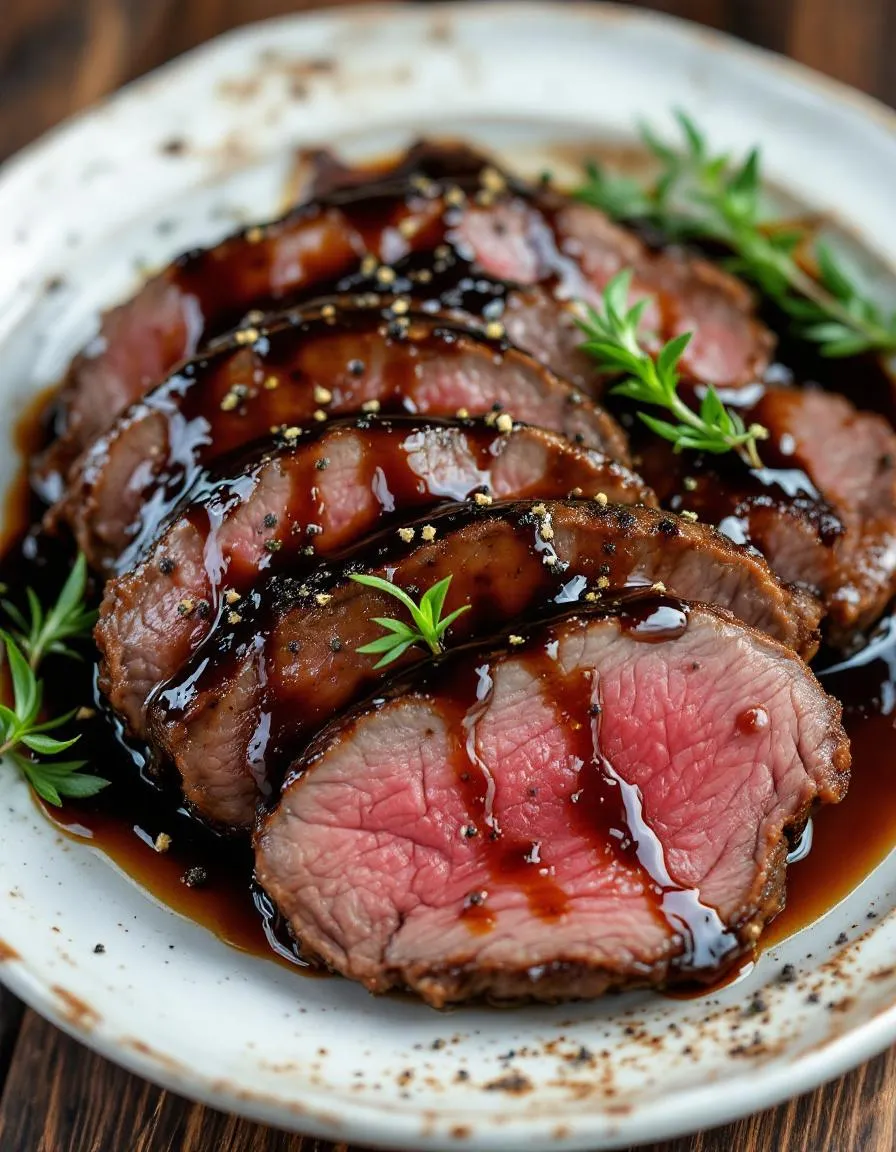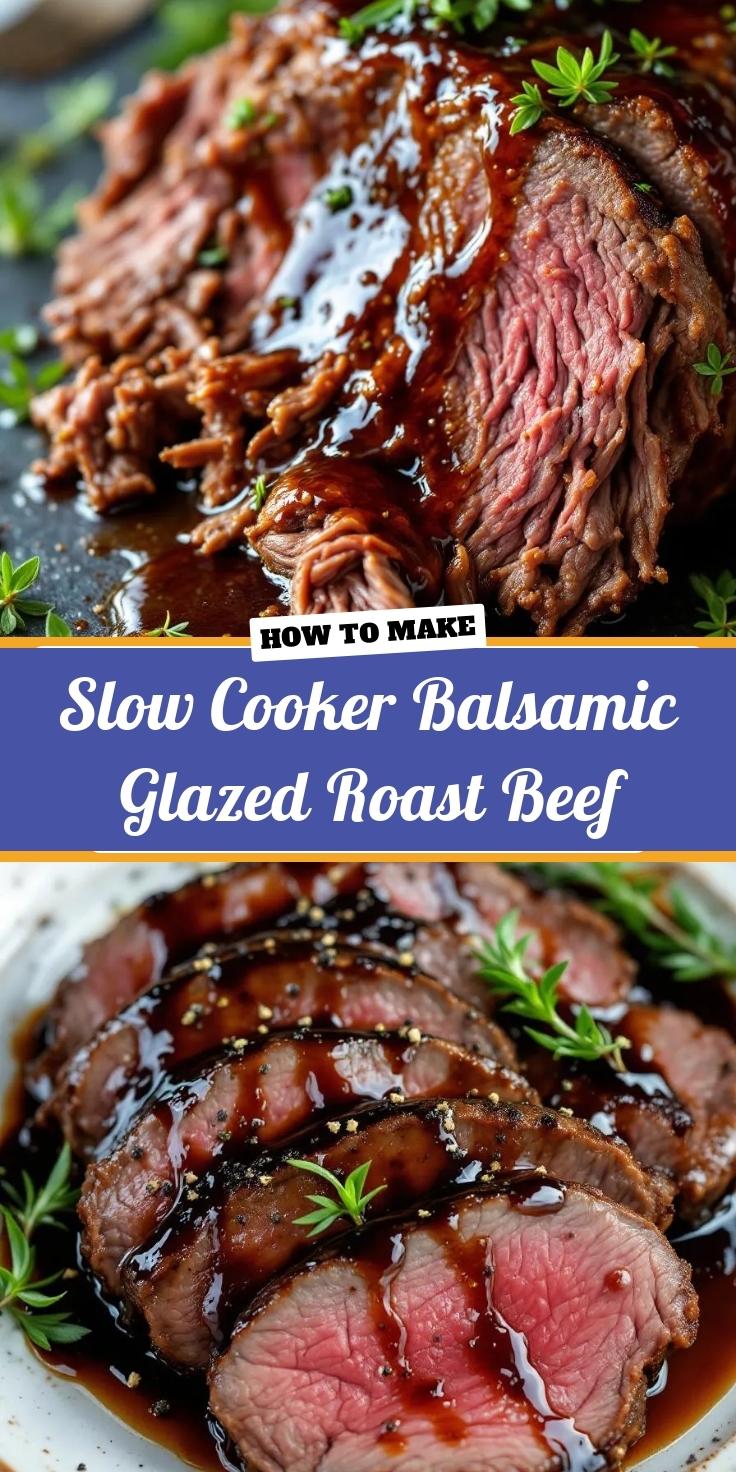There is something incredibly comforting about a warm bowl of soup that simmers on the stove all afternoon, filling your home with an aroma that promises both nourishment and nostalgia. On a crisp autumn evening or a blustery winter day, few dishes deliver that feeling of cozy satisfaction quite like a hearty Creamy Bean Soup With Kielbasa. This recipe transforms simple, humble ingredients into a rich and velvety meal that wraps you in warmth from the inside out. It is the culinary equivalent of a warm hug, a one-pot wonder that promises to soothe your soul and satisfy your hunger with every single spoonful.
About This Recipe
This Creamy Bean Soup With Kielbasa is a robust and flavorful dish that masterfully combines creamy white beans, savory smoked kielbasa sausage, and a rich, herb-infused broth. Essentially, it is a deconstructed take on a classic cassoulet, designed for a busy weeknight instead of a slow Sunday. The magic happens when the rendered fat from the browned kielbasa melds with the aromatic vegetables, creating a deeply flavorful foundation. Then, we add creamy beans and broth, letting everything simmer until the flavors become one harmonious blend. Ultimately, a touch of cream or a dairy-free alternative at the finish provides that signature luxurious, velvety texture that makes this soup so unforgettable.
This recipe matters because it proves that a truly spectacular meal does not require complicated techniques or a long list of obscure ingredients. In fact, it celebrates pantry staples and turns them into something extraordinary. It fits the ethos of our blog perfectly, as we always strive to share recipes that are both approachable and exceptionally delicious. For instance, if you are looking for another simple yet impressive dish, our popular Easy Breakfast Casserole follows a similar philosophy of minimal effort for maximum reward. This Creamy Bean Soup With Kielbasa is the ideal solution for anyone seeking a comforting, family-friendly dinner that comes together without stress. Furthermore, it reheats beautifully, making it a fantastic option for meal prep that will taste even better the next day.
Why I Love This Recipe
This Creamy Bean Soup With Kielbasa holds a special place in my heart because it reminds me of my grandmother’s kitchen. She always had a giant pot of something simmering on the stove, ready to feed anyone who walked through her door. While her version was a bit more rustic, this recipe captures that same spirit of generous, no-fuss hospitality. I love how the smoky kielbasa and creamy beans create such a satisfying depth of flavor, and I appreciate that it is a complete meal in a bowl, much like our hearty Chicken and Rice Casserole. Every time I make it, my entire family gathers around the table a little faster, eager to dig in. It is more than just dinner; it is a bowlful of comfort and connection.
Health and Nutrition
Why it’s good for your body
This Creamy Bean Soup With Kielbasa delivers a powerful nutritional punch. First, the beans provide an excellent source of plant-based protein and fiber. Consequently, this combination helps you feel full and satisfied for hours while also supporting healthy digestion. Moreover, the fiber in this soup actively works to regulate blood sugar levels, preventing those mid-afternoon energy crashes.
Additionally, the kielbasa contributes a hearty dose of protein. Therefore, it helps build and repair muscle tissue, especially after a workout. Furthermore, this Creamy Bean Soup With Kielbasa is packed with essential vitamins and minerals like iron and potassium from its wholesome ingredients. For instance, these nutrients are vital for maintaining energy and supporting a robust immune system.
Ultimately, you are nourishing your body with a meal that fuels it efficiently. Enjoying a bowl of this Creamy Bean Soup With Kielbasa means you are choosing a meal that truly supports your well-being from the inside out.
How it fits in a healthy lifestyle
This soup fits perfectly into a balanced eating plan. It is naturally high in protein, making it an ideal choice for supporting muscle maintenance or weight management goals. You can easily make it a complete, satisfying meal by pairing it with a simple side salad or a slice of whole-grain bread.
For those following specific diets, this recipe is a fantastic option. It is naturally gluten-free, provided you use a certified gluten-free broth and sausage. It also aligns with a heart-healthy focus when you opt for a lower-sodium kielbasa and broth. If you are looking for more ways to incorporate healthy, satisfying meals into your routine, explore our guide to easy weekly meal prep ideas. Planning ahead helps you stay on track. And if you love the comfort of soup, you will definitely want to try our other nutrient-packed options like this hearty and healthy lentil soup.
PrintCreamy Bean Soup With Kielbasa
Description
A hearty and comforting soup featuring creamy beans and savory kielbasa sausage, perfect for a cozy meal.
Ingredients
For the Crust:
- 1 lb kielbasa sausage, sliced
- 1 onion, diced
- 2 cloves garlic, minced
- 4 cups chicken broth
- 2 cans (15 oz each) white beans, drained and rinsed
- 1 cup heavy cream
- 1 tsp smoked paprika
- Salt and pepper to taste
- 2 tbsp olive oil
- Fresh parsley for garnish
Instructions
1. Prepare the Crust:
- Heat olive oil in a large pot over medium heat. Add kielbasa and cook until browned, about 5 minutes. Remove and set aside.
- In the same pot, sauté onion until soft, about 5 minutes. Add garlic and cook for 1 minute until fragrant.
- Add chicken broth, beans, and smoked paprika. Bring to a boil, then reduce heat and simmer for 15 minutes.
- Stir in heavy cream and cooked kielbasa. Simmer for another 5 minutes. Season with salt and pepper.
- Garnish with fresh parsley before serving.
Notes
You can customize the seasonings to taste.
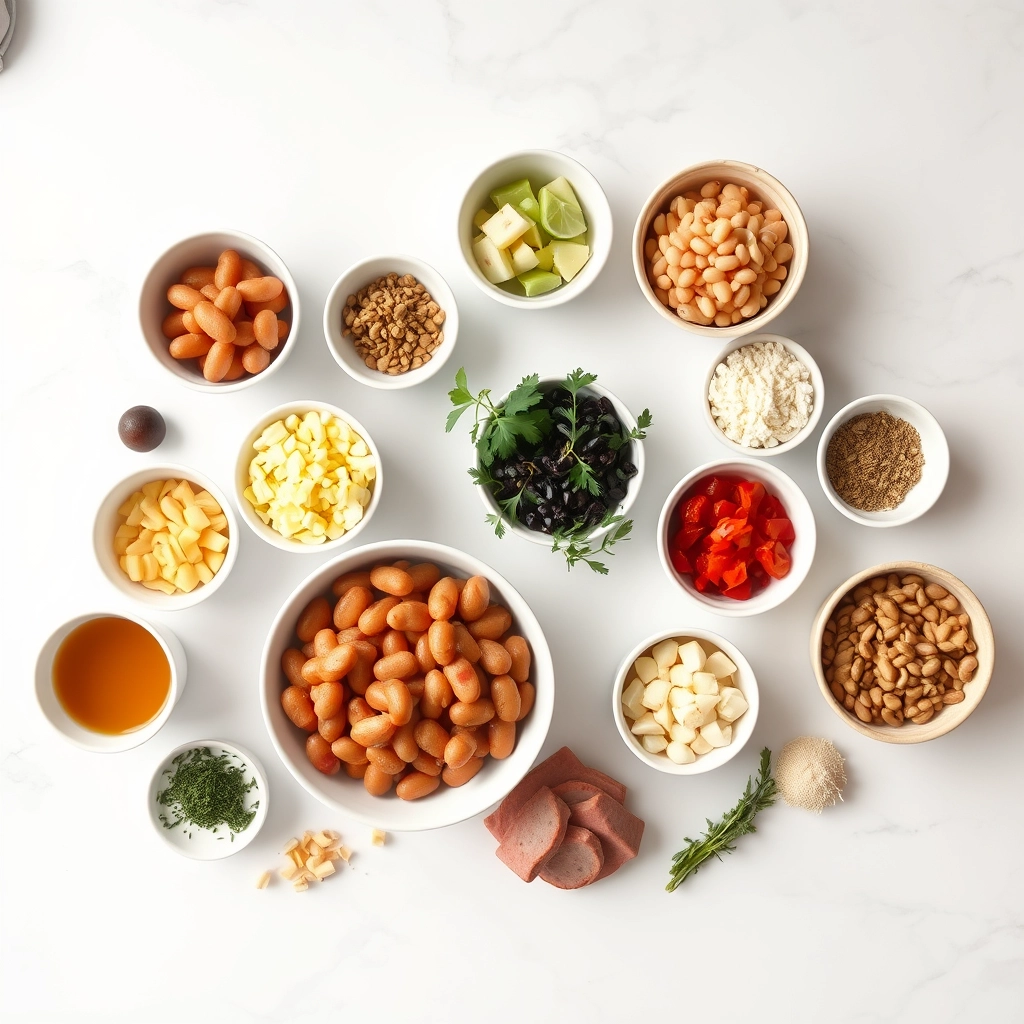
How to Prepare This Dish
Steps and time-saving tips
First, gather all your ingredients for the Creamy Bean Soup With Kielbasa. This prep step, also known as mise en place, truly saves time and prevents frantic searches later. Next, slice your kielbasa into hearty coins and brown them in your soup pot. You do not need any extra oil here. Consequently, the sausage will release its own flavorful fats, creating a fantastic base. Then, simply remove the kielbasa and sauté your diced onions and carrots in that same delicious rendered fat. Meanwhile, you can quickly rinse your canned beans. After the veggies soften, add minced garlic and cook for just one more minute until fragrant. Immediately, stir in your beans, broth, and seasonings. Finally, bring everything to a lively boil before reducing it to a gentle simmer. Let your Creamy Bean Soup With Kielbasa cook for about twenty minutes to meld the flavors beautifully. For the final touch, swirl in the cream or milk off the heat. This prevents any curdling and keeps your soup luxuriously smooth. Serve your creation piping hot with a slice of crusty bread for the ultimate comfort meal.
Mistakes I’ve made and learned from
I have definitely learned a few lessons the hard way with this Creamy Bean Soup With Kielbasa. My biggest mistake was adding the dairy directly into the boiling hot soup, which caused it to curdle instantly and look terribly unappetizing. Now, I always temper it by ladling a little hot broth into the cream first to warm it gently. Another error I made was oversalting the pot too early, especially since the kielbasa and broth can already be quite salty. I learned to wait until the very end to season. Forgetting to properly deglaze the pot after browning the sausage was another missed opportunity for flavor; a splash of broth scraped up those browned bits makes a world of difference. If you are new to soup-making, my guide on common soup mistakes can help you avoid these pitfalls. Furthermore, choosing the right beans is crucial, so check out my breakdown of the best canned beans for cooking to ensure your soup has the perfect texture every single time.
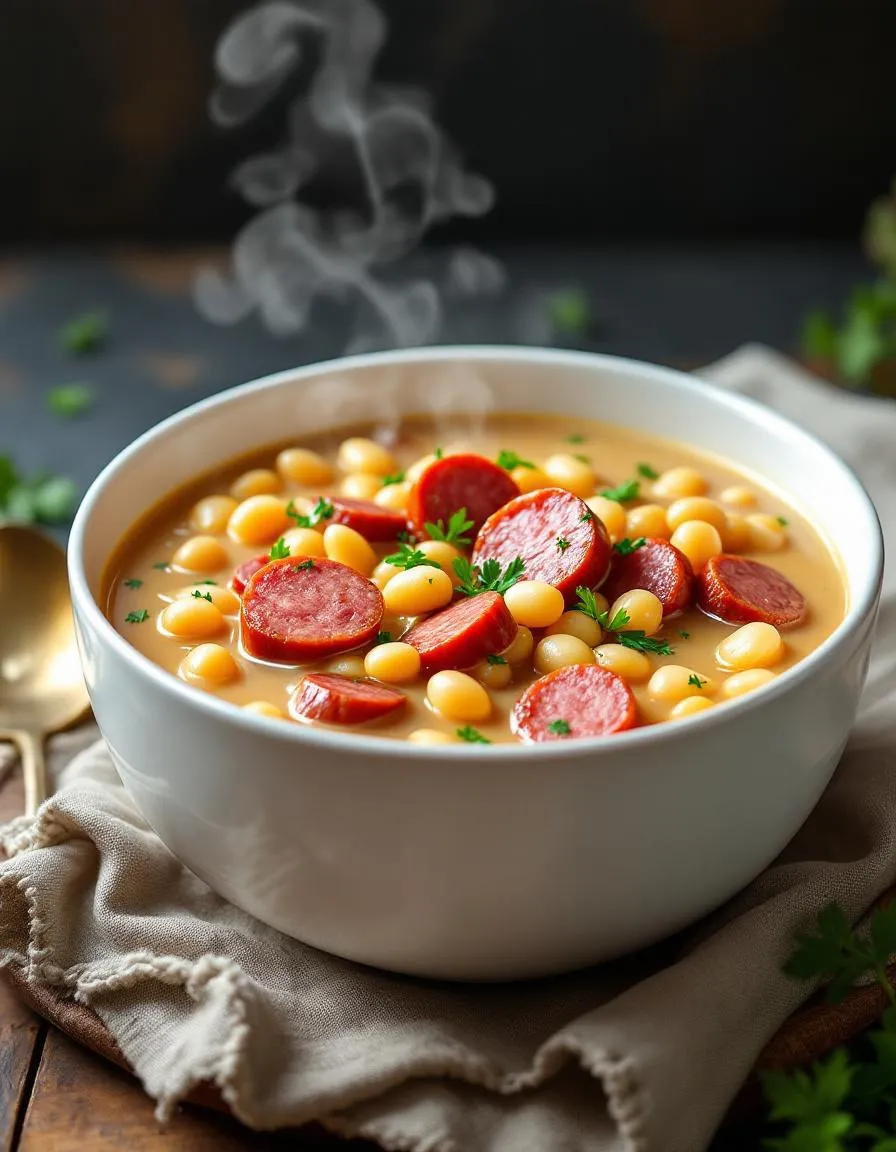
Cultural Connection and Variations
Where this recipe comes from
This Creamy Bean Soup With Kielbasa whispers tales of hearty, peasant cooking from across Central and Eastern Europe. Many cultures claim a version of it, each adding their own local twist. In Poland, you might find it simmering with a big spoonful of marjoram. Meanwhile, a Hungarian cook would likely stir in a generous amount of paprika for a smoky warmth.
My own family’s story with this dish begins with my grandmother. She always made her Creamy Bean Soup With Kielbasa on the first truly cold day of autumn. The aroma of sizzling sausage and softening onions would fill her tiny kitchen, promising warmth and comfort. She used a big ham bone if she had one, letting it bubble away all afternoon to create a broth with incredible depth.
Across different regions, the beans change too. Some traditions insist on creamy cannellini beans, while others use sturdy kidney beans or even a mix from the pantry. The constants, however, remain the same: humble beans, smoky sausage, and a desire to create something nourishing and deeply satisfying from simple ingredients.
How it fits in today’s cooking
This soup absolutely thrives in modern kitchens because it delivers maximum comfort with minimal fuss. It fits perfectly into our desire for one-pot meals that free us up for other things. Furthermore, it’s a fantastic make-ahead option; the flavors actually improve after a night in the fridge, making it a superstar for weekly meal prep.
Today’s cooks often adapt it to fit their dietary needs. For instance, many use turkey kielbasa for a lighter version or load it up with extra vegetables like kale or spinach. It remains a cornerstone of seasonal cooking, especially when you need a hearty dish to serve a crowd. In fact, it pairs wonderfully with a simple side, like our popular Easy Skillet Cornbread, for the ultimate cozy meal.
Ultimately, this soup connects us to tradition while fitting seamlessly into our busy lives. It’s the kind of meal that gathers everyone around the table. After all, nothing says home quite like a steaming bowl of soup and a fresh, comforting Classic Banana Bread for dessert.
Taste and Texture
What makes it delicious
This Creamy Bean Soup With Kielbasa delivers a deeply savory and smoky flavor that comforts you from the first spoonful. The kielbasa provides a robust, meaty chew and infuses the entire broth with its signature smokiness. Meanwhile, the creamy white beans break down slightly, creating a velvety, thick texture that coats your mouth luxuriously. Aromatic vegetables like onions and garlic build a fragrant foundation, while herbs add a subtle, earthy freshness. Ultimately, each bite of this Creamy Bean Soup With Kielbasa offers a perfect harmony of creamy, soft beans and satisfying, hearty sausage.
Boosting the flavor
For an instant flavor boost, consider stirring in a spoonful of our smoked paprika paste to amplify the soup’s smoky notes. Alternatively, a splash of acid, like a squeeze of fresh lemon juice or a drizzle of vinegar, just before serving can brighten all the rich flavors beautifully. Furthermore, a dollop of cool, tangy sour cream or a sprinkle of sharp cheddar cheese on top adds a wonderful creamy contrast. For those who enjoy a bit of heat, a few shakes of hot sauce or a pinch of red pepper flakes will deliver a pleasant kick. Finally, do not underestimate the power of fresh herbs; a generous handful of chopped parsley or chives introduces a pop of color and a burst of freshness. For more inspiration on building complex flavors, explore our guide on umami bomb seasoning to take your soup to the next level.

Tips for Success
Best practices for results
Always brown your kielbasa slices first to render their flavorful fat, which then becomes the base for sautéing your aromatics. Furthermore, use an immersion blender directly in the pot for a quick and creamy texture without transferring hot soup. For the best flavor, let your Creamy Bean Soup With Kielbasa simmer gently for at least twenty minutes after blending. Finally, always taste and adjust the seasoning just before serving, as the beans and broth can vary in saltiness.
Mistakes to avoid
Avoid adding acidic ingredients like tomatoes or vinegar too early, as they can prevent the beans from becoming tender. Instead, stir them in during the last few minutes of cooking. Moreover, do not let the soup reach a rolling boil after you add the dairy, as this can cause it to curdle. For a perfectly smooth result, ensure you are using a blender that can handle hot liquids safely, a topic we cover in our guide on essential kitchen tools for beginners. Additionally, remember to not oversalt the soup initially, especially since the kielbasa already contributes salt; you can learn more about balancing flavors in our post on how to season soup perfectly every time.
Serving and Pairing Suggestions
How to serve this dish
Present your Creamy Bean Soup With Kielbasa in a deep, rustic bowl to showcase its hearty texture. For a beautiful finish, top each serving with a sprinkle of fresh parsley and a final crack of black pepper. Furthermore, a generous side of crusty bread makes the perfect companion for dipping. This dish truly shines as the centerpiece of a casual weeknight dinner or a cozy weekend lunch. Ultimately, its comforting nature also makes it a wonderful choice for potlucks and holiday gatherings.
What goes well with it
Firstly, a simple, crisp side salad cuts through the richness of the Creamy Bean Soup With Kielbasa beautifully. Our classic Easy House Salad with a tangy vinaigrette offers the perfect fresh contrast. Secondly, a robust, malty beer like a brown ale or a dunkel complements the smoky sausage notes exceptionally well. For a non-alcoholic option, try sparkling apple cider. Finally, consider serving a warm, savory quick bread on the side. A slice of our Cheddar Bay Biscuits adds a delightful cheesy, buttery element that everyone will love.

Great Northern or cannellini beans are the best choices for a Creamy Bean Soup With Kielbasa because they hold their shape well during cooking while also breaking down slightly to naturally thicken the broth. Navy beans are another excellent option that contributes to a wonderfully creamy texture. Avoid using red kidney beans as they can make the soup grainy.
Absolutely! This soup adapts perfectly to a slow cooker. Simply brown the kielbasa and sauté the vegetables on the stove first for maximum flavor, then transfer everything to the crockpot with the remaining ingredients. Cook on low for 6-8 hours or on high for 3-4 hours for a hands-off, delicious Creamy Bean Soup With Kielbasa.
The easiest way to thicken your Creamy Bean Soup With Kielbasa is to use an immersion blender to partially puree some of the beans right in the pot, which creates a rich and creamy base without any added thickeners. Alternatively, you can mash a cup of the cooked beans with a fork and stir them back into the soup. For a extra creamy version, a small splash of heavy cream or half-and-half at the end works wonderfully.
This hearty soup is a complete meal on its own, but it pairs beautifully with a side of crusty bread, garlic toast, or buttery cornbread for dipping. For a lighter option, a simple side salad with a tangy vinaigrette helps cut through the richness of the Creamy Bean Soup With Kielbasa.
